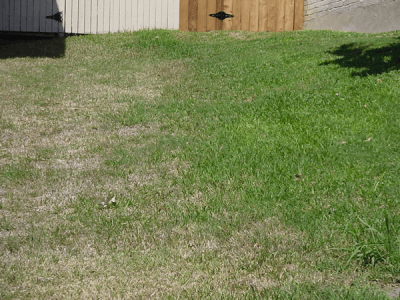DAMAGES THE WINTER
IF IT SNOWED, WHEN THE SNOW MELTS, THE LAWN SEEMS TO BE IRREGULAR, AND OF A STRAW COLOUR. LET'S SEE WHAT CAUSES THIS EFFECT.The lawn consists of plants that struggled to grow in a winter climate which is hard.
The winter season can damage your lawn in the following ways:

- Cold temperatures can freeze turf grass
- The cold winds dry and can dehydrate the plant
- The ice rips the plant tissues of the lawn
- The temperature fluctuations of the winter, with periods at temperatures very mild and followed by periods with very cold temperatures may break the dormancy of the grass lawn
- Diseases of the snow mold snow stick to the grass of the lawn even if it is not physically covered by the snow
- Particularly in winter, some rodents dig up and eat the lawns, leaving tracks and mounds
- If the road is thrown salt or sand for snow and part of these are in contact with the lawn can damage it seriously
HOW TO PREVENT AND HEAL THE DAMAGE THE WINTER
Following directions to reduce the severity of the damage winter:
- Do not remove the snow from the lawn as the island by the cold and dry winds
- Reseeding operations in the areas damaged by frost, with mixtures of seed, particularly resistant to the cold
- When winter arrives, make sure the lawn is mowed to 5 cm. Diseases and rodents are attracted to the lawn high
- Aerate the lawn in the fall promotes the drainage of the water. When water stagnates on the lawn, freezes and ice forms
- Make maintenance to your lawn regularly. The fertilization of autumn provides the grass with nutrients during the winter periods and helps make the lawn able to resist varying weather conditions.
